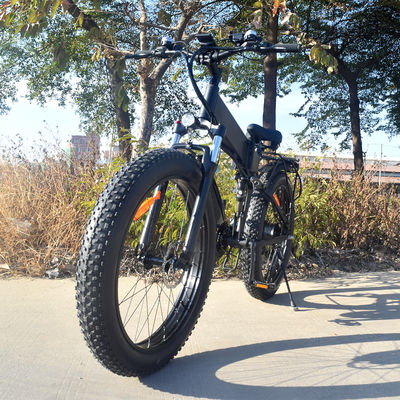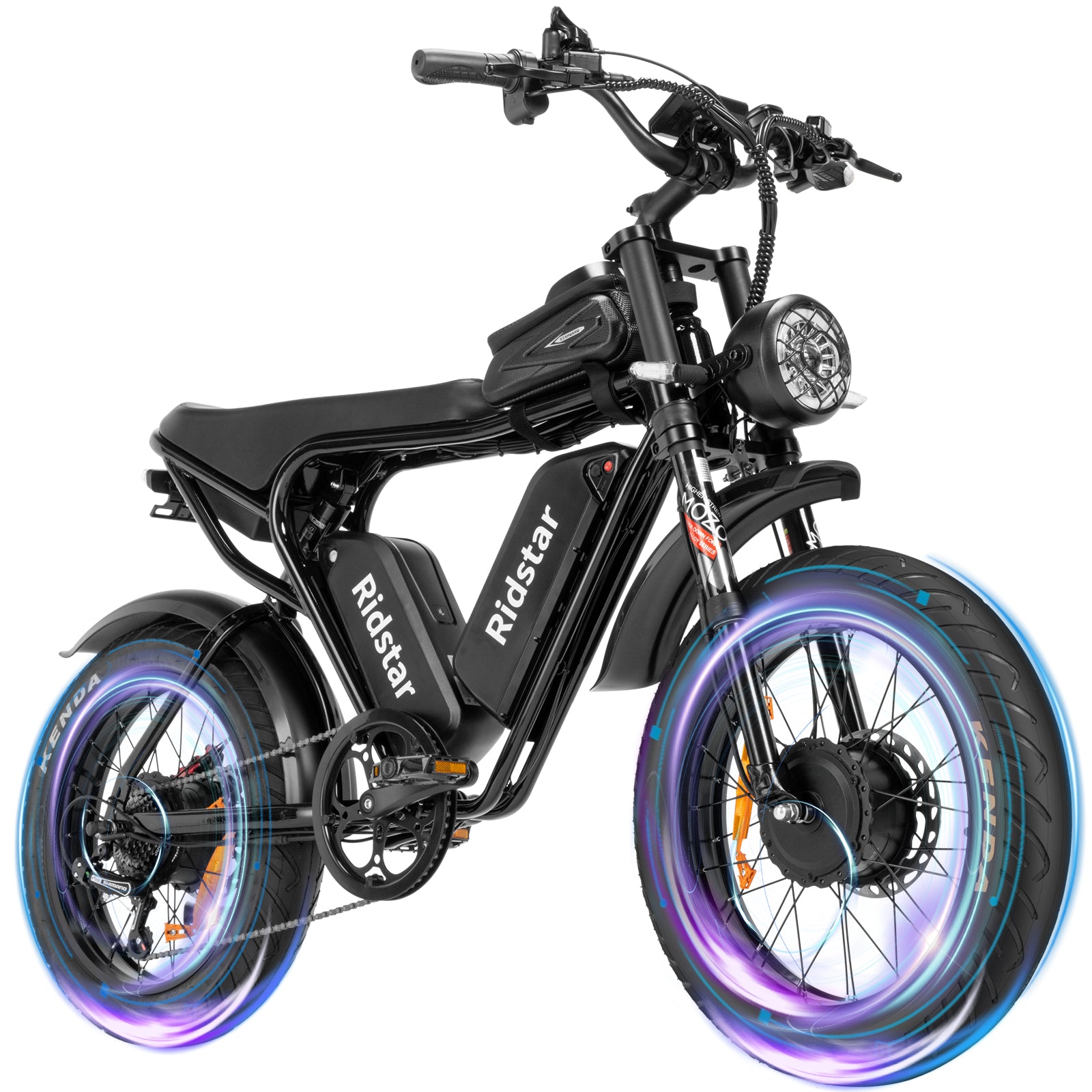An In-Depth Look at How E-Bikes Are Powered
Electric bicycles have gradually become one of the important means of transportation in urban travel. Electric bicycle batteries are the main source of power on electric vehicles. But what are the specific power sources of electric bicycles, and how do they operate? Let's give a full introduction.
1. Introduction to E-Bike Power Systems
Electric bikes, or e-bikes, have revolutionized the world of cycling by incorporating electric propulsion systems into traditional bicycles. Understanding how these power systems work is crucial for both enthusiasts and potential buyers. In this comprehensive guide, we'll delve into the intricate details of e-bike power, exploring the various components and technologies that drive these innovative vehicles.
2. The Core Components of E-Bike Power
a. Electric Motor: At the heart of every e-bike lies the electric motor, responsible for providing propulsion assistance to the rider. These motors come in different types, including hub motors and mid-drive motors, each with its own set of advantages and considerations. Hub motors are integrated into the wheel hub, while mid-drive motors are mounted on the bike's frame near the pedals.
b. Battery: E-bike batteries store the electrical energy required to power the electric motor. Most e-bike batteries use lithium-ion or lithium-polymer chemistry for their high energy density, lightweight, and long cycle life. Battery capacity is measured in watt-hours (Wh), determining the range and duration of e-bike rides.
c. Controller: The controller serves as the brain of the e-bike's power system, regulating the flow of electricity from the battery to the motor. It interprets input signals from the rider, such as pedal cadence and torque, to adjust the level of assistance provided by the motor.
d. Sensors: E-bikes are equipped with sensors that detect various parameters such as pedal motion, speed, and torque. These sensors provide real-time feedback to the controller, enabling precise control of the motor's output based on the rider's input.
3. Understanding Electric Motors in E-Bikes
a. Hub Motors: Hub motors are the most common type of electric motor found in e-bikes. They are integrated into the front or rear wheel hub, providing direct drive propulsion. Hub motors are relatively simple in design and maintenance, making them popular among e-bike manufacturers and riders alike.
b. Mid-Drive Motors: Mid-drive motors are mounted on the bike's frame near the pedals, directly driving the crankshaft and chainring. This positioning allows for more efficient power transfer and better weight distribution, resulting in a more natural riding experience. Mid-drive motors are often favored for their hill-climbing ability and overall performance.
c. Motor Power and Efficiency: Electric motors in e-bikes come in various power ratings, typically ranging from 250 to 750 watts. Higher wattage motors offer greater acceleration and climbing power but may consume more battery energy. Efficiency is a critical factor in motor design, affecting both performance and range.
4. The Role of Batteries in E-Bike Power
a. Lithium-Ion Batteries: Most e-bikes use lithium-ion batteries due to their high energy density, lightweight, and long cycle life. These batteries offer excellent power-to-weight ratios, allowing for compact and lightweight designs without compromising performance.
b. Battery Management Systems (BMS): Battery management systems play a crucial role in e-bike batteries, monitoring cell voltage, temperature, and state of charge. BMS ensures safe and efficient operation, preventing overcharging, overheating, and over-discharging, which can damage the battery and pose safety risks.
c. Charging and Range: E-bike batteries can be recharged using standard electrical outlets or dedicated charging stations. Charging times vary depending on battery capacity and charger specifications, typically ranging from a few hours to overnight. Range, or how far an e-bike can travel on a single charge, is influenced by factors such as battery capacity, motor efficiency, terrain, rider weight, and riding style.
5. The Controller: Managing Power Delivery
a. Functionality and Control: The controller acts as the intermediary between the battery, motor, and rider. It receives input signals from sensors and the rider's controls, such as throttle or pedal-assist settings, to adjust the motor's output accordingly. Controllers come with various features and programming options, allowing for customization of power delivery and assistance levels.
b. Regenerative Braking: Some e-bikes are equipped with regenerative braking systems that harness kinetic energy during braking or coasting to recharge the battery. Regenerative braking can extend the e-bike's range and improve overall energy efficiency, especially in stop-and-go urban environments.
6. Sensors: Enabling Smart Power Management
a. Pedal Sensors: Pedal sensors detect the rider's pedal motion and cadence, providing input to the controller for determining the level of assistance required. Pedal-assist e-bikes use these sensors to seamlessly integrate electric assistance with the rider's pedaling efforts, offering a smooth and natural riding experience.
b. Torque Sensors: Torque sensors measure the force exerted on the pedals by the rider, allowing for more precise control of power delivery. By detecting changes in pedal pressure, torque sensors adjust the motor's output in real-time, providing responsive and intuitive assistance that matches the rider's exertion level.
7. Conclusion: Harnessing the Power of Electric Bikes
Electric bikes represent a remarkable fusion of human power and electric propulsion, offering a sustainable and enjoyable mode of transportation for riders of all ages and abilities. By understanding the intricate workings of e-bike power systems, cyclists can make informed decisions when choosing the right e-bike for their needs. With ongoing advancements in technology and increasing demand for eco-friendly mobility solutions, the future of electric bikes looks brighter than ever. Whether for commuting, recreation, or adventure, e-bikes continue to redefine the way we ride and explore the world around us.



